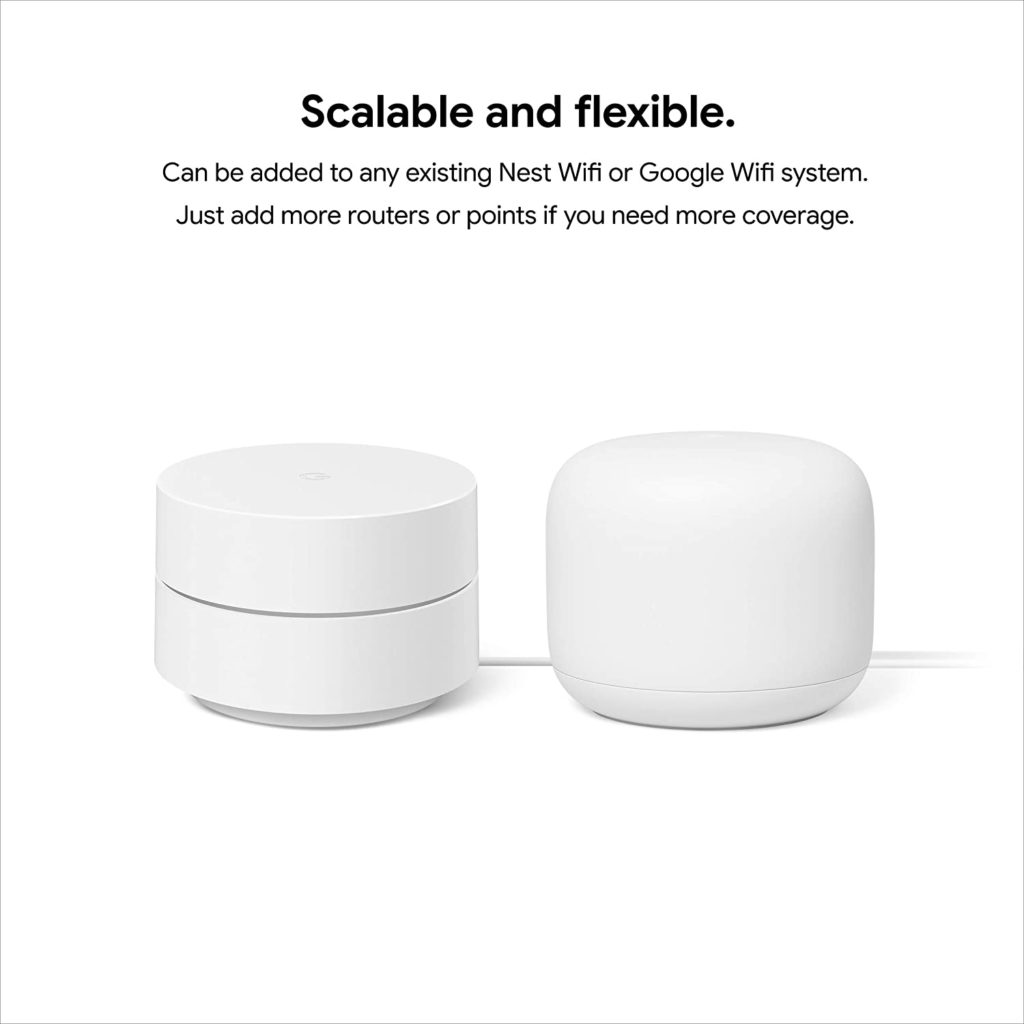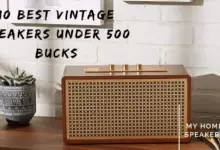Have you ever wonder if it’s ever possible on how to connect two Google home speakers? well, you are in the perfect place as you will be learning everything about Google home speakers.
Like How to set custom commands and responses for home speakers, How to program custom routines for Google Assistant, and a lot more, read to the end to find out all of the details.
Google Home and Nest Home smart speakers are already great at just being speakers — especially since Google improved the Nest Mini internals to wring more bass out of the diminutive devices.
However, a recent update now allows you to create left/right stereo speaker pairings that have really opened up the possibilities for what, where, and how you can use your Google Home devices.
For example, who needs a dedicated soundbar when a pair of Google Nest Minis, Google Homes, or Google Home Maxes can give you sound that’s just as crisp and clear and broadcast a bedtime reminder to your family?
Or how about this — whether you use a Mac, PC, or Chromebook, a pair of Google Homes will sound just as good if not better than dedicated computer speakers.
Google tests the Google Home and Nest smart speakers, like this Nest Mini, in a lab, then tweaks their responsiveness to squeeze the most sound out of the small devices for these uses and more, here are some ideas for taking advantage of Google Home’s new stereo pairing feature as well as how to set them all up.
Table of Contents
Steps On How To Connect Two Google Home Speakers
How to pair Google Home or Nest Home Minis
First things first — Nest Home is Google’s new name for Google Home, so your speakers may be called either. By pairing the two speakers in stereo, what you’re actually doing is creating what’s called left/right pairing.
That means that you’ll get more three-dimensional sound compared to what you’d hear from only one speaker (or two speakers paired in mono); this type of sound is usually referred to as stereo sound.
Here’s how to do it. It should be noted that for the maximum listening experience, place the speakers on level height with each other, on a solid balanced surface, and make sure to keep them away from the edge of the surface.
Steps to pair Google Home :
1. After ensuring that your device and the speakers are connected to the same wifi network or linked to the same Google account, open the Google Home app on your device and tap on one of the two speakers you want to pair.
2. Tap the settings icon (the gear symbol) in the upper right corner.
3. Scroll down to Audio and tap stereo pair.
4. Select the two devices you’d like to pair and then tap Next. If both devices are on the same network or linked to the same Google account, they would appear.
5. One of the speakers would begin blinking, usually a flashing white light. On the app, select whether the blinking device should be used as the right or left channel (it doesn’t matter which) and tap Next.
The other speaker will automatically become the opposite channel you choose. Once this has been set up Google Assistant would inform you via the speaker on the left.
The reason for this being that once paired, Google speakers typically mute the right microphone and respond only via the left speaker. All Google commands such as “Hey Google” or “Okay Google” would only be picked up by the left speaker.
6. Name your new pair something (like “Google Home Speaker Pair”) and tap.
You can pair two original Google Home speakers, two Google Home Maxes, or two Google Home or Nest Minis, but you can’t mix and match, not even with a Google Home and Nest Mini.
Connect Cinema sound, with smarts
The best way to connect a TV or computer to the Google Home speaker group you just created is with Bluetooth. If your TV can’t connect with Bluetooth, you can give it that ability by adding a Google Chromecast streaming media player (which also will allow you to operate some TV controls with your voice – a win-win).
If your computer doesn’t have Bluetooth, there’s a workaround for that too: You can stream audio from the Chrome browser to your Google Home over Wi-Fi.
Here’s how to connect pretty much any Bluetooth-enabled device to your Google Home stereo speaker pair:
1. Say, “Hey, Google, pair Bluetooth” to put your speakers into pairing mode.
2. Go to your Bluetooth settings on the device you want to pair and look for “Google Home Speaker Pair” (or whatever you named your stereo pair).
How to un-pair two previously paired speakers
If at some point you want to have two individual speakers instead of a stereo pair, unpairing is easy. Here’s how you do it:
1. Open the Google Home app and tap the icon for your speaker pair.
2. Tap the settings icon (the gear symbol) in the upper right corner.
3. Under Sound settings tap Speaker pair.
4. Tap Separate speaker pair, then when prompted tap Separate.
5. You may have to go back and set up the speaker you had on the right channel again. It will be listed under Local devices at the bottom of the Google Home app with the name you originally gave it.
Now that you have a speaker pair, you can include that in your Google Home whole-house audio setup, where it’ll appear as one speaker (called “Google Home Speaker Pair” or whatever you named it).
If you’ll be hosting any gatherings this holiday season, Google Home can help you manage the chaos of your Thanksgiving Day get-together, too.
And be sure to show off what Google Home can do that Alexa and Siri can’t to all your non-Google Home friends and family while they’re there.
Google Home routines: How to set custom commands and responses
This is a bonus section if you’re just getting your google smart speaker and are yet to get used to it, here it goes.
With custom routines, the Google Assistant on your Google Home, Nest Mini, Nest Hub, or smartphone can do multiple tasks under one command.
Sometimes when you’re groggy and stumbling out of bed you could use a little extra help to get your morning started.
Thanks to a feature called routines, saying “Hey, Google, good morning” could kick off your day with Google Assistant in your Google Home smart speaker telling you the time, forecasting the day’s weather, reporting the news, and reminding you about your appointments all under one command. This gives you an extra boost while starting your day.
Routines help Google Assistant respond like a well-trained human assistant. You can program your AI-powered voice assistant to flip on your smart lights, play music, turn your connected thermostat up or down, and more with just one phrase.
While preprogrammed options like the “good morning” routine can be great, you can also create custom commands and responses uniquely tailored to you.
To make use of routines, you need the Google Home app and a device with Google Assistant. The app is available for iOS and Android. Google Assistant is built into modern Android phones including Pixel 5 and the rumored Pixel 6.
Routines also work on smart speakers like the original Google Home or the newer Nest Mini, smart displays like the Nest Hub, or even tablets or iPhones if you download Google Assistant. You can even access Google Assistant with Google’s Pixel Buds.
How to program custom routines for Google Assistant
Open the app, log in with a Google account and you’ll see a Routines button at the top. Tap it to see the list of preset options. Tap one and it will spring into action. These are great options to get a sense of what routines can do.
Hit Manage routines at the bottom to start customizing. You’ll see that same list of presets in this menu as well. Here, you can customize each of those presets to your liking, or you can start your own from scratch.
I’m going to walk through the options for a custom routine, but all of those are present for the presets as well. To make your own, hit Add a routine.
Here, you’ll see fields for a command, a day and time, Assistant actions, and media. For the command, enter whatever phrase you’d like to use to trigger all the actions that follow.
Maybe you want a routine when you’re ready to work out, so your command could be, “It’s workout time.” You can add alternate phrasing in this menu as well.
Note that Google Assistant doesn’t respond well to questions — it searches for the answer itself instead of realizing you’re triggering a routine. For the best results, keep your commands to statements and phrases.
The second field lets you set a day and time so you can schedule your routine to trigger automatically. Your smart home can do the work with no input from you.
In the next section, you need to tell Google Assistant what you want it to do. Your options are pretty wide and include just about anything Google Assistant can do if you’re giving individual commands.
I have trouble with unlimited options, so I always hit Add action, then move to the Browse popular actions tab to get ideas. Check whatever boxes you want to trigger your smart home, get info, and more.





